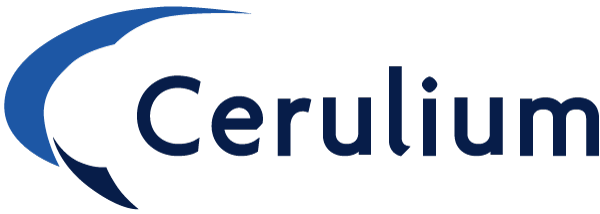Cerulium believes that understanding the business value of integrated data warehousing along with empowering these customers is critical to ensure they realize the maximum benefits and value that their data warehouse contributes to their day-to-day operations. Knowing and realizing that data warehousing is an on-going and evolving process, the need to keep your environments modern and up to date is critical to ensure success.
Our migration approach offers our customers a way forward plan to seamlessly update and modernize their technology with our proven 3-step process.
Step 1
Scope, Architecture Design, and Planning
- Define the governing factors for the migration:
- Capacity - Determine the data that needs to be migrated along with data reliance, freshness, and encryption requirements
- Currency - Factor in # of Users
- Consumption - Define the application interoperability and data usage requirements
- Compute - Scope I/O requirements
Step 2
Migration Implementation - Parallel Strategy
- Database Build and Migration: Source > Stage > Production
- Redirect ETL Jobs Source > Stage > Production
- Rebuild BI Analytic Access Layer
- Redefine Users and Access Rights
- Testing and Final Q/A
- Complete Cutover
Step 3
Optmize
Once the migration is complete, it is essential to ensure that it is optimized, secure, and accessible. In addition, monitor the implementation for real-time changes to infrastructure and workloads.
